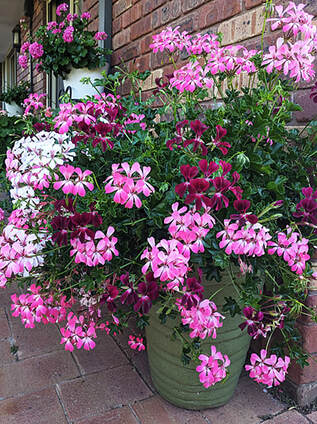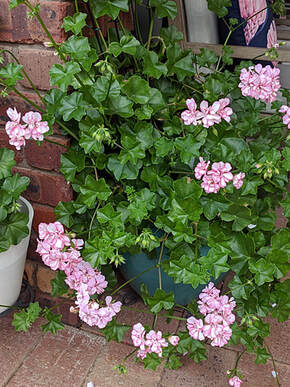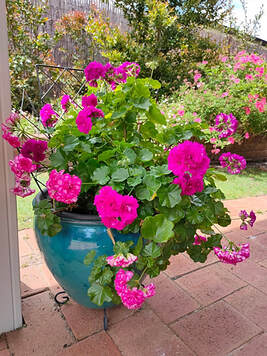Ivy Pelargoniums
|
Top 10 Beauties:
Patricia Sybil Holmes Summer Rose Giroflee Mischa Red Sybil Rainbow Hannah Jayne Zeebra Lee Sugar Baby Cerise Carnation |
Top 10 Strong Growers
Mandy Pandy Shocking Pink Spinning Wheel Elsie Hirt Rouletta White Mesh Thornlands Marble Kathryn’s Joy Green Centred Galilee Thornlands Pink Frills |
Top 10 Unique
Sunset Marble Cerise Carnation Gay Baby Kathryn’s Joy Jester Pink Fancy Sugar Baby Strawberries and Cream Casino Gem Harper’s Nikita L’Elegante |




